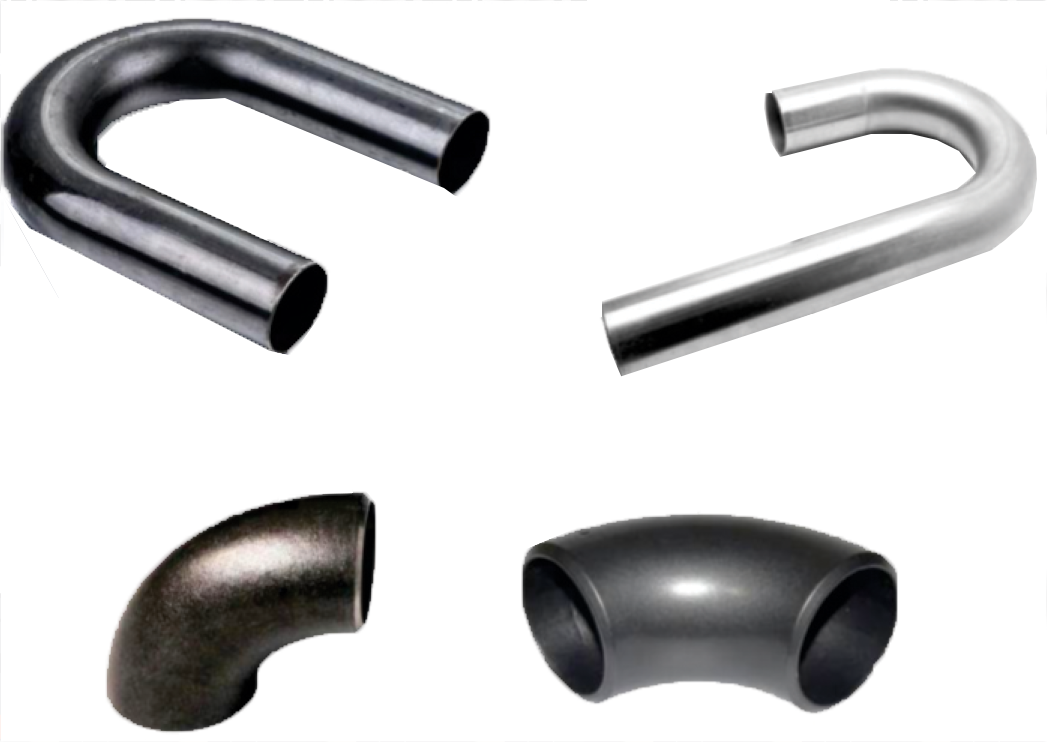We supply various types of bends in different
dimension & shapes Like, U shape 1800/L shape
Size: 1″ To 24″ IN OD & NB. Schedule: SCH20, SCH30, SCH40, SCH80, SCH120.
Type: Seamless
Form: Long Radius Bend, Hot
Bend Materials: Alloy Steel/ Carbon Steel with
IBR Bend ASTM A234 WPB WP5, WP9, WPII,
WP12, W22 &WP91
Test Certificate: IBR Test Certificate form IIIC .These bends are used in boiler systems and steam pipelines to change the direction of piping while maintaining compliance with safety and quality standards.

